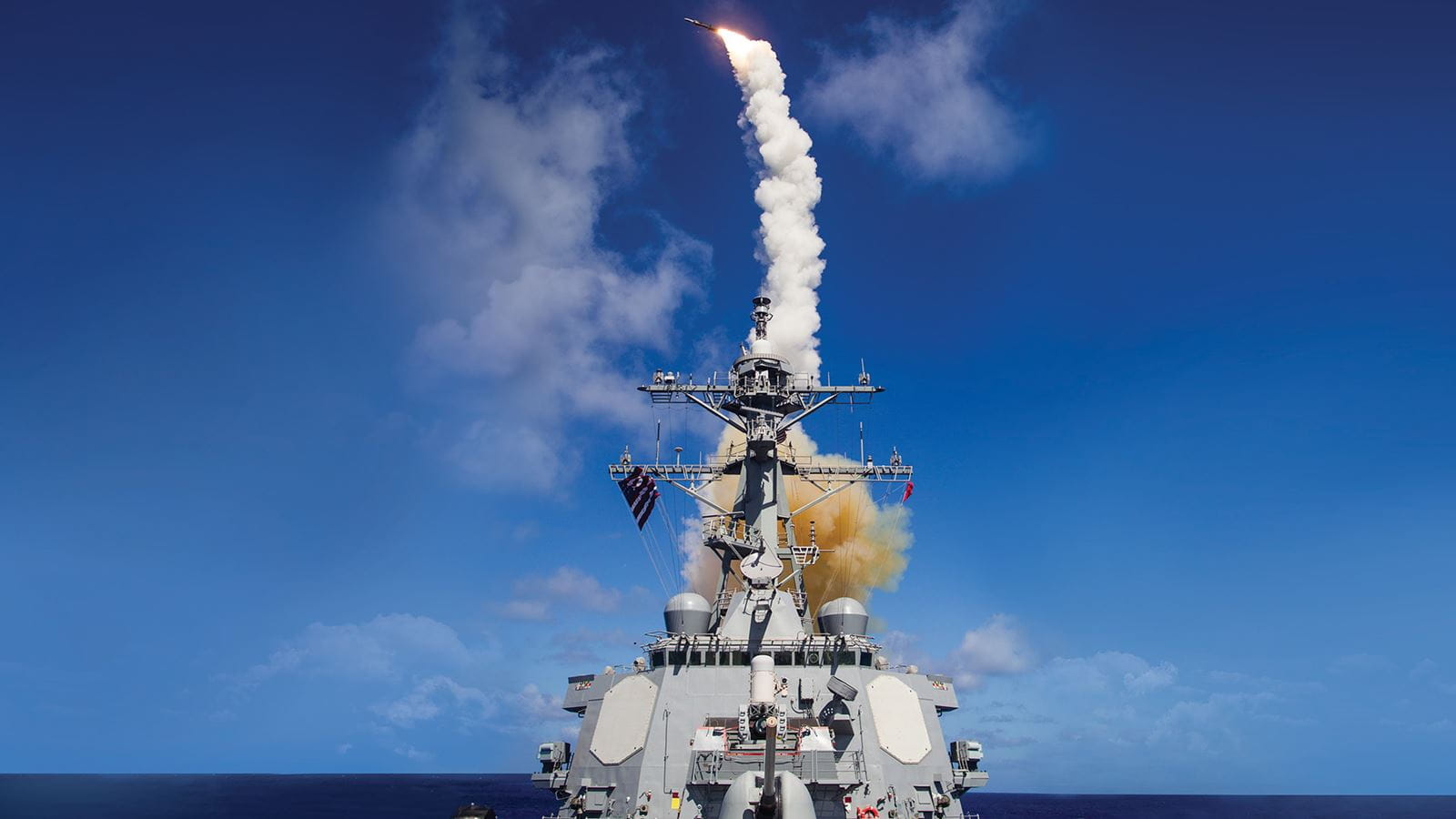Life couldn't have started out tougher for Raytheon Technologies (RTX +1.05%). The newly formed merger of space and defense company Raytheon with the aerospace businesses of United Technologies (Pratt & Whitney and Collins Aerospace) was supposed to come at a time of good growth in commercial aerospace, backed by solid growth from the defense businesses of Raytheon. Unfortunately, the spreading of the COVID-19 pandemic from China has significantly impacted those assumptions. Let's take a look at whether the stock is still attractive for investors.
What happened
The major impact of COVID-19 on Raytheon Technologies, or RTX, is going to fall on its commercial aviation businesses. Specifically, engine orders and aftermarket parts at Pratt & Whitney, and original equipment manufacturer (OEM) and aftermarket parts at Collins Aerospace. If airlines are under severe financial pressure from travel bans, then orders at Boeing and Airbus are likely to get cancelled/deferred. In addition, fewer flights mean a drop in demand for aftermarket parts.

Raytheon Technologies is relying on revenue from missile systems to offset weakness elsewhere.
All of this means investors are now looking toward the defense businesses of RTX to offset any shortfalls from the commercial aviation side -- in other words, the defense businesses contributed by the former Raytheon company. For argument's sake, let's assume the defense businesses of RTX are all from Raytheon.
Valuing Raytheon Technologies
Armed with this knowledge, let's try to approximate how the market is valuing the commercial aviation and defense sides of Raytheon Technologies. One way to do this is to look at the valuations of other defense companies and assume this is close to what the market may be valuing those businesses at within RTX.
The following chart shows the enterprise value (market cap plus net debt), or EV, to earnings before interest, taxation, depreciation, and amortization, or EBITDA, multiples for three defense peers. It's a good idea to use the EV/EBITDA multiple as it factors debt into the equation. The average multiple is around 16 times EBITDA, with a range of 13 to 18 times EBITDA.
Data by YCharts
Using these multiples, RTX's current EV of around $138 billion, and Raytheon's 2019 EBITDA of $5.4 billion , it's possible to make an assumption of how the market is valuing the businesses contributed by United Technologies.
The third column is simply calculated by multiplying Raytheon's 2019 EBITDA of $5.4 billion by the multiple. The fourth column is generated by taking away Raytheon's calculated EV (in the third column) from the current RTX EV of $138 billion.
| Investment Scenario |
EV/EBITDA Multiple for Raytheon Within RTX |
EV of Raytheon Within RTX |
Implied EV of United Technologies Aerospace Businesses Within RTX |
|---|---|---|---|
|
Low defense multiple case |
13x |
$69.9 billion |
$69 billion |
|
Average defense multiple case |
16x |
$86 billion |
$53 billion |
|
High defense multiple case |
18x |
$97 billion |
$42 billion |
Data source: Raytheon Technologies presentations. Author's analysis.
Raytheon Technologies looks like a good value
Frankly, based on these figures RTX looks like an attractive stock. Using assumptions for the EV of United Technologies' aerospace businesses (third column above) and its EBITDA of $8.4 billion in 2019 means that they are trading at an EV/EBITDA multiple of 5 times EBITDA to 8.2 times EBITDA, with a figure of 6.3 times EBITDA representing the average.
| Investment Scenario |
Assumed EV/EBITDA of United Technologies within RTX |
|---|---|
|
Low defense multiple case |
8.2x |
|
Average defense multiple case |
6.3x |
|
High defense multiple case |
5.0x |
Data source: Author's analysis.
Using any of these assumptions, the stock looks undervalued. Even if you assign a low defense multiple for RTX, you would then be assuming the market is valuing the commercial aerospace businesses at just 8.2 times EBITDA. That looks like a good value when compared to aerospace aftermarket peers like TransDigm and Heico. In addition, given GE's overall difficulties in 2020, there are very few people who will argue that it deserves a higher multiple than RTX's commercial aerospace businesses.
Data by YCharts
In addition, the kind of multiples being assumed for RTX's commercial aerospace business haven't been seen since the depths of the Great Recession for the aerospace focused sector. Note that the valuations were far higher going into the last recession.
Data by YCharts
The bottom line
Based on the implied market valuations for the businesses contributed by United Technologies (largely commercial aerospace), RTX looks undervalued relative to its aerospace peers.
Looking ahead, the commercial aviation market will surely recover in a post-COVID-19 world; the real argument is over the timing and shape of the recovery. According to the International Air Transport Association it's likely to be a slow recovery -- led by domestic transport first -- with the bottom occurring in the second-quarter of 2020. If this plays out then RTX will have some easy comparisons to beat when it gives earnings in 2021.
In the meantime, RTX will be supported by its defense-related earnings -- expected to grow at a mid-single-digit rate in the medium term -- while investors wait for a recovery in the commercial aerospace market.








